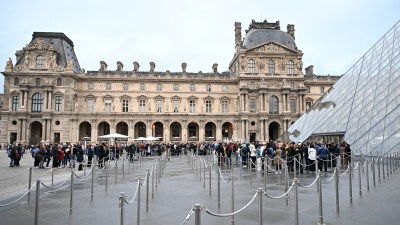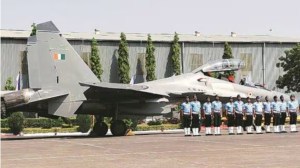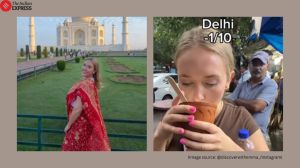Past is a Foreign Country
A New Yorker’s genealogical sleuthwork in search of her buried Jewish past in Bombay

A New Yorker’s genealogical sleuthwork in search of her buried Jewish past in Bombay
It’s a terrible topic, Jews. Terrible topic,” says crotchety Uncle Moses, Sadia Shepard’s first point of contact with the Bene Israel community in India, “change topics.” This is much before the Jews of Bombay face their persecution of 26/11, much before the Jews of Chabad House are killed.
Despite Moses’ warning, Shepard does not change the topic. Her Fulbright project on the supposed “lost tribe” of Israel is really an exercise in genealogical sleuthwork. The New Yorker has come to India to excavate her grandmother’s buried Jewish past in Bombay. Her beloved Nana — who married a Pakistani Muslim, raised her children in Karachi and then moved to Boston with her daughter and American son-in-law — was once the centre of little Sadia’s world. Nana is fiercely loving, but enigmatic at some level. Even as she tells her granddaughter stories, they are filled with troubling gaps and silences. And how did she, Rachel Jacobs, become Rahat Siddiqi?
After Nana’s death, Shepard is consumed by the hunger to know her own history and to keep the promise she made her Nana — “to walk backwards, to find the paths” her grandmother didn’t choose. Towards the end of her life, her grandmother seemed haunted by the Jewish heritage she had abandoned at 17 when she married a much older Muslim man, and her stories wistfully hint at her dissatisfactions and what-might-have-beens. She could have stayed in India after Partition, she could have chosen her community over her domineering husband, she could have forged an entirely different fate. Her long-distance attempts to set up and maintain a home in Pakistan are heartbreaking, as an effort to maintain some sense of autonomy even as she is ensconced in the deep peace of a close, loving family.
Shepard pores over census reports and history books, tracing the story of the Bene Israel community (who believe themselves to be descended from seven couples shipwrecked near Bombay), and travels along the Konkan coast. Her discoveries and frustrations in India are interesting — stabs at humour that go misunderstood, the heightened sense of observation available to an outsider’s eye. There’s an exchange with a vegetable seller, who mimes the World Trade Center attacks to the “Amreekan”, reducing her to tears. Another time, she has to fend off the odd attentions of Ibrahim, a twitchy photographer, and his mysterious, all-knowing Sir who fixes her camera. She also has a brief, soulful connection with Rekhev Bharadwaj, a filmmaker who makes meandering conversation on myth and history and selfhood. Her style shifts from the poetic — Bombay’s light is described as “the haze of morning giving way to the splintering bright of noon, and then 5.30 pm high tea, when the city looks like a giant, writhing picture show; chaos bathed in a patina of dusty gold” — to the flat, affectless tone of her meetings with Bharadwaj and her various Jewish interlocutors.
The Girl from Foreign often reads like a set of painstakingly earnest field-notes — from small details of what everyone was wearing at the airport to the wrapper on the chocolate consumed at Frankfurt en route to Karachi. Life is long, art is short, and it is unclear what emotional effect Shepard intends by committing all this to print. The memoir is also occasionally susceptible to the prefab phrase and the monotony of “I am different at home and I am different here” dilemmas. But if the remembered “snap-crush of spices” and the “swish of her sari” and the “clapping of chapattis into life” don’t put you off right at the beginning, the book has its rewards.
Maybe it is because she lays it all out, artlessly almost, that her memoir is so moving in parts. Her recollection of childhood memories seem familiar, and sweet — like her uncle’s wedding in Pakistan or the uneaten breakfasts on hurried school mornings in Boston. And there’s a diary-like rawness to her description of her grandmother’s death. Strewn with family photographs and even old letters from her grandfather, it involves you in the telling, and in Shepard’s perplexities and realisations as she pieces together her Nana’s unique story.





- 01
- 02
- 03
- 04
- 05


























